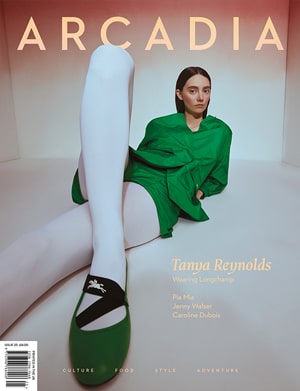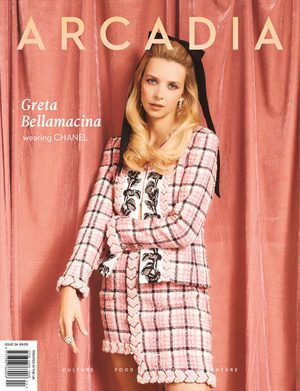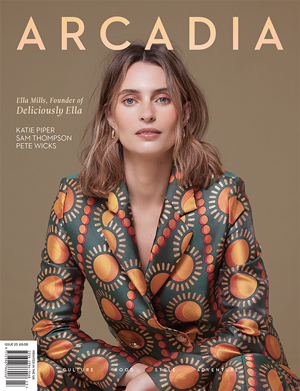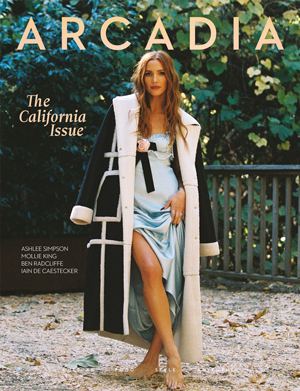The fashion industry is one of the largest contributors to pollution and waste worldwide. With fast fashion brands producing clothing at an unprecedented rate, landfills are filling up with discarded garments, and the environmental toll continues to grow. Consumers, however, have the power to make a difference by embracing secondhand fashion. Choosing pre-owned clothing not only reduces waste but also helps conserve resources, minimizes carbon emissions, and promotes ethical consumption.
Secondhand fashion has evolved from a niche market to a mainstream movement. Vintage boutiques, thrift stores, and online resale platforms have made it easier than ever to find stylish, high-quality clothing at a fraction of the cost. By shifting shopping habits toward pre-loved fashion, consumers can contribute to a more sustainable future without compromising style or individuality.
Reducing Textile Waste and Landfill Overflow
One of the most significant environmental benefits of secondhand fashion is its role in reducing textile waste. Millions of tons of clothing end up in landfills every year, with synthetic fabrics taking decades to decompose. Many of these garments are discarded after minimal use, contributing to the growing waste crisis.
By choosing secondhand clothing, consumers extend the lifespan of garments and prevent them from becoming landfill waste. Instead of throwing out clothes, donating or reselling them ensures that they find new owners who will appreciate and wear them. This cycle of reuse helps slow down the fast fashion industry’s relentless production and reduces unnecessary textile waste.
Conserving Natural Resources and Reducing Water Usage
The production of new clothing requires a massive amount of natural resources, including water, energy, and raw materials. Cotton farming, for example, is highly water-intensive, with a single cotton t-shirt requiring over 700 gallons of water to produce. Synthetic fabrics, such as polyester, are derived from petroleum, contributing to fossil fuel consumption and environmental degradation.
Purchasing secondhand fashion eliminates the need for new resource extraction. Every item bought pre-owned saves the energy, water, and raw materials that would have been used to produce a new one. This shift in consumer behavior plays a crucial role in conserving natural resources and reducing the fashion industry’s overall ecological footprint.
Cutting Down Carbon Emissions and Pollution
The fashion industry accounts for a significant percentage of global carbon emissions. From textile production to transportation and distribution, the entire lifecycle of a garment contributes to greenhouse gas emissions. Fast fashion brands rely on rapid manufacturing processes that prioritize speed and low costs over sustainability.
Choosing secondhand clothing reduces the demand for new production, directly lowering carbon emissions associated with manufacturing. Also, local thrift shopping or online resale platforms that promote peer-to-peer sales minimize the transportation footprint compared to mass-produced fast fashion items that are shipped globally.
Encouraging Ethical and Fair Labor Practices
One of the most overlooked issues in the fashion industry is its impact on garment workers. Many fast fashion brands outsource production to countries with minimal labor regulations, leading to unethical working conditions, low wages, and exploitative labor practices. Workers often face long hours in unsafe environments with little job security.
By supporting secondhand fashion, consumers help shift demand away from brands that rely on unethical labor practices. Shopping pre-owned means that money is not directly fueling companies that exploit workers for profit. Instead, funds go toward small businesses, thrift stores, and individuals who sell clothing responsibly.
Finding Unique and High-Quality Fashion Pieces
Beyond sustainability, secondhand fashion offers a unique and diverse selection of clothing that is often unavailable in mainstream retail stores. Vintage and thrift shopping allow individuals to discover rare, high-quality garments that stand out from mass-produced trends. Many secondhand items are well-made, featuring superior craftsmanship and durable fabrics that outlast cheaply made fast fashion alternatives.
Shopping for secondhand fashion also provides an opportunity to experiment with personal style. Whether searching for vintage denim, designer pieces, or secondhand women’s rucksacks at bargain prices, the variety in secondhand fashion ensures that there is something for every taste and budget. Unlike traditional retail stores that stock seasonal trends, thrift stores and resale platforms carry a wide range of styles from different eras, allowing shoppers to curate a wardrobe that reflects their individuality.
Making Fashion More Affordable and Accessible
One of the most immediate benefits of buying secondhand clothing is its affordability. Quality garments that may have been out of reach at retail price become accessible at significantly lower costs. Luxury brands and designer items can often be found in resale shops at a fraction of their original price, making high-end fashion more attainable.
Budget-conscious consumers benefit from secondhand fashion by saving money while still enjoying stylish and well-made clothing. Thrift stores, vintage shops, and online marketplaces provide an extensive selection of affordable clothing options that cater to different price ranges. This makes sustainable fashion accessible to people from all economic backgrounds.
Switching to secondhand fashion is a simple yet impactful way to reduce waste, lower carbon emissions, and promote ethical shopping habits. By making conscious choices about where and how clothing is purchased, consumers can contribute to a more sustainable future for the fashion industry.
The next time you shop for clothing, consider choosing secondhand over new. Whether browsing a local thrift store, shopping online for vintage finds, or swapping clothes with friends, every effort counts in reducing fashion waste. Embracing pre-owned fashion benefits both the environment and personal style, proving that sustainability and style can go hand in hand.







